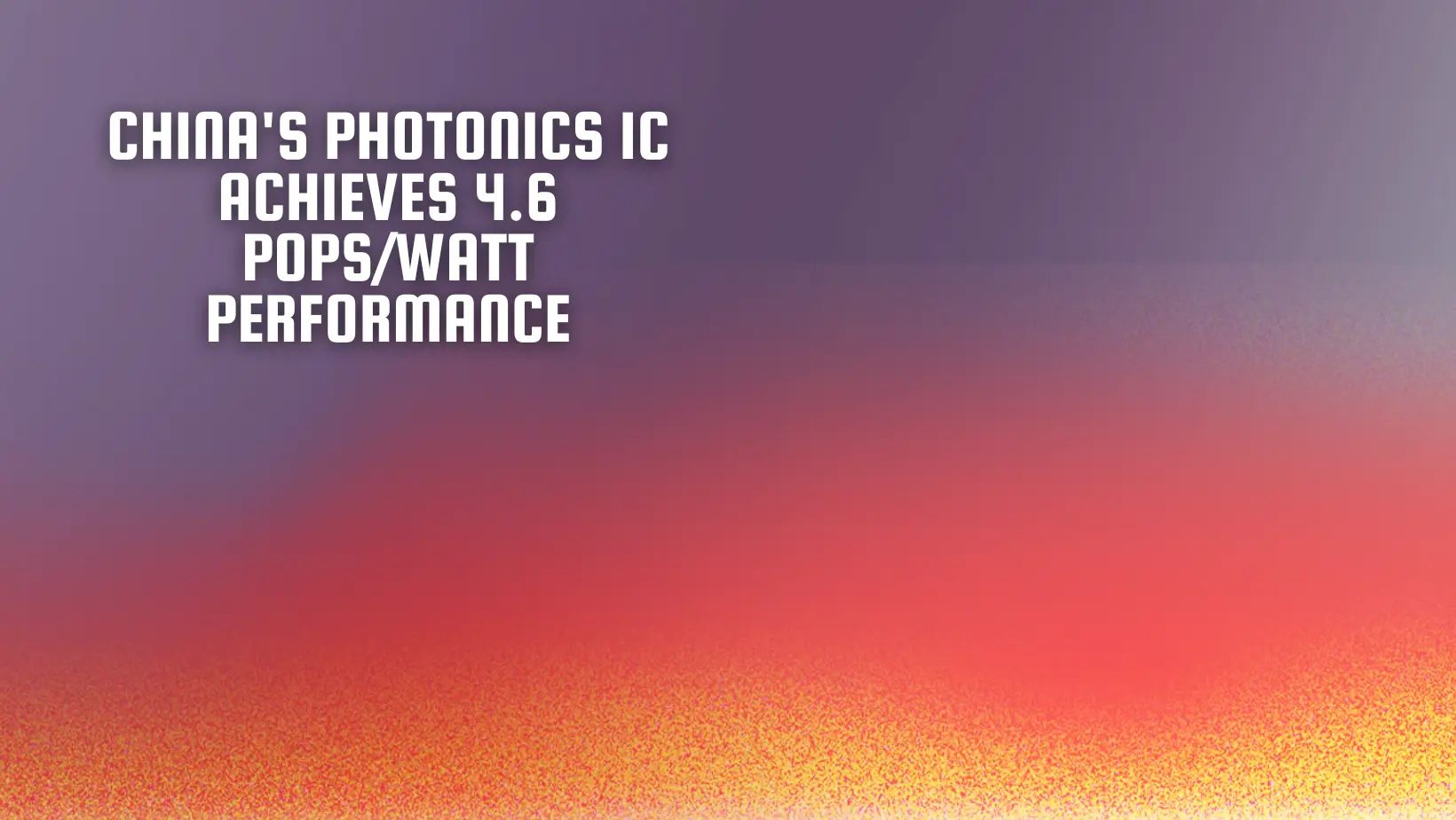A paper proposing an all-analogue chip that combines electronic and light computing (ACCEL) has been published in the journal Nature by researchers from Tsinghua University. The researchers note that the deployment of photonic systems continues to be a challenge due to complex optical nonlinearities, high power consumption of ADCs for downstream digital processing, and susceptibility to noise and system errors.
The proposed Processing-in-Memory Integrated Circuit (PIC) has a systemic energy efficiency of 74.8 peta-operations per second per watt and a computing speed of 4.6 peta-operations per second. More than 99% of the computing speed is implemented by optics, which is more than three and one order of magnitude higher than state-of-the-art computing processors, respectively. After using diffractive optical computing as an optical encoder for feature extraction, the light-induced photocurrents are directly used for further calculation in an integrated analogue computing chip without the need for analogue-to-digital converters. This leads to a low computing latency of 72 ns for each frame.
